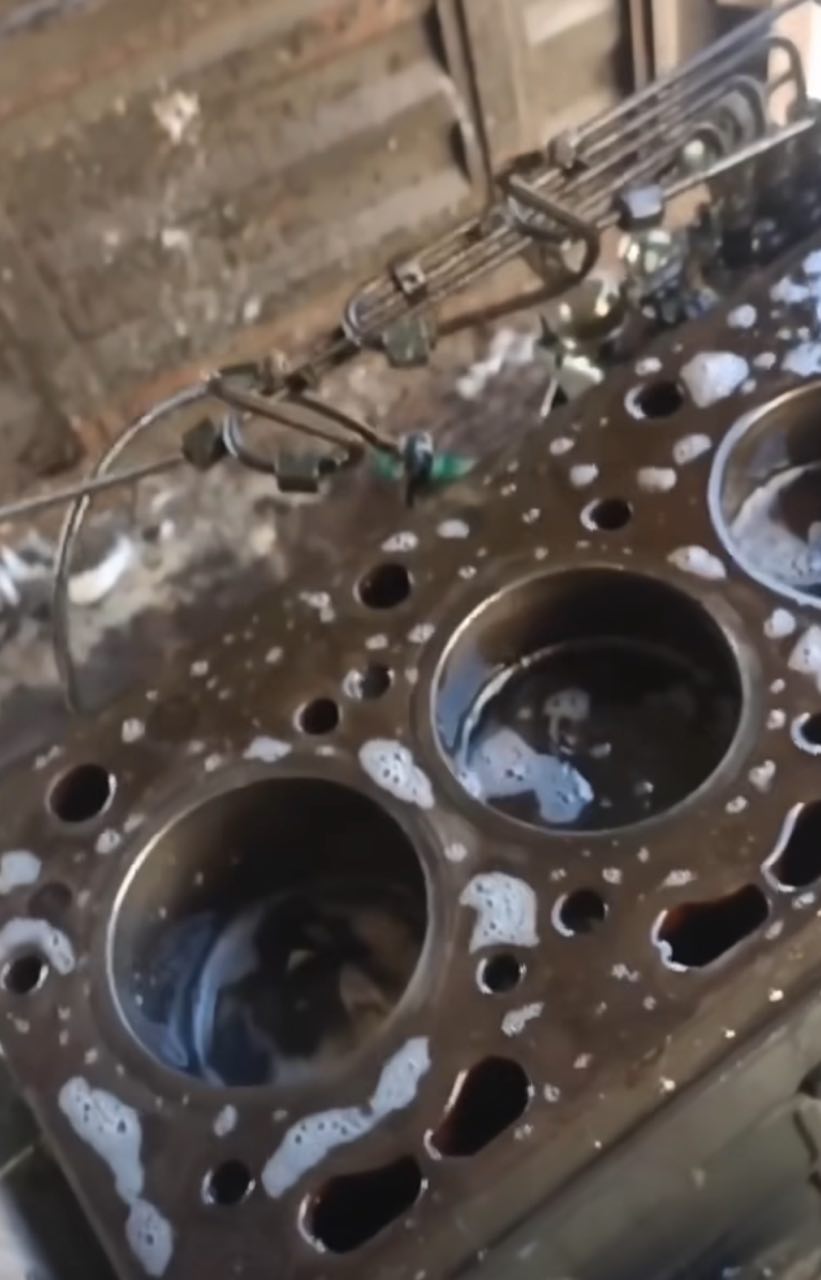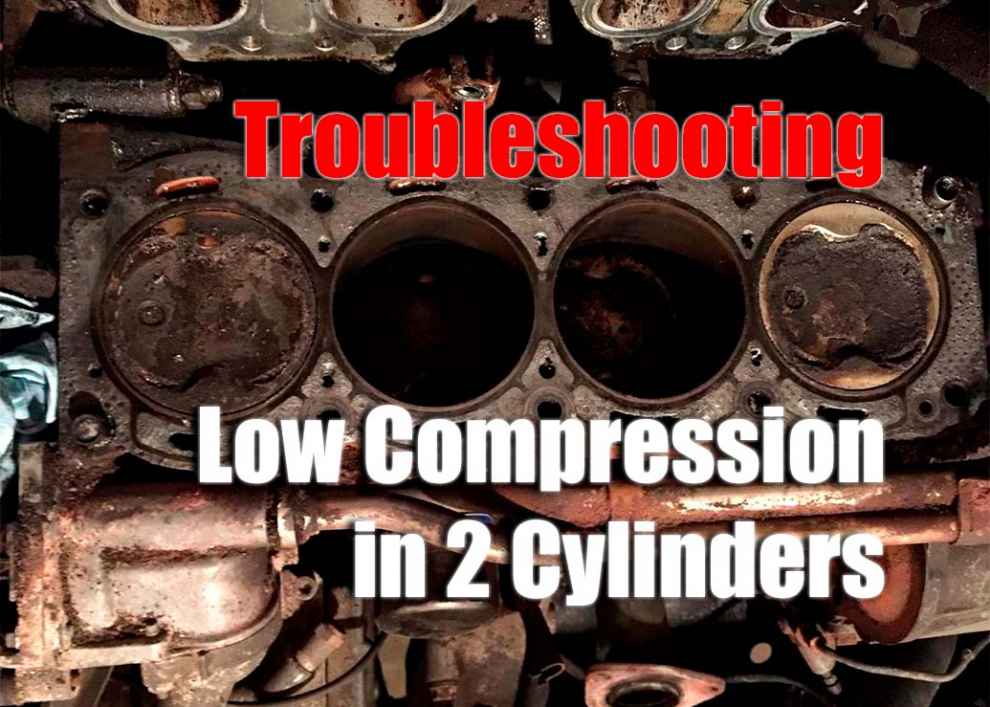Experiencing low compression in two cylinders of an engine can be a source of major inconvenience, especially when it’s time to drive. Low compression in two cylinders usually means a problem with the pistons, valves, or the rings that seal the combustion chamber. If not addressed promptly, it can lead to further damage inside the engine and eventually cause an expensive repair or replacement. But before panicking, there are several troubleshooting steps that you can take to identify what is causing your low compression. This article will demonstrate how to diagnose and fix common issues that result in low compression in two cylinders of an engine. You will learn what tools you need and what steps to take when troubleshooting, as well as how to check for common problems such as worn piston rings or leaking valves. With this information, you should be able to find the root cause of your problem and take appropriate action before any further damage is done.
Symptoms of Low Compression in 2 Cylinders
Low compression in two cylinders can manifest itself in several ways, making it difficult to diagnose without the right tools. Common symptoms include:
- Reduced power output from the engine
- Poor acceleration
- Lack of response when stepping on the gas pedal
- Misfiring or backfiring sounds coming from the engine
- Increased fuel consumption and decreased fuel economy
You should be warned of an issue with your engine’s compression if you notice these symptoms. If not addressed, these issues could result in additional harm to your vehicle. It’s essential to address them immediately with accurate diagnosis and repair.
Causes of Low Compression in Two Cylinders

In addition, degraded fuel injectors can lead to fuel leaking into the crankcase, which can also affect compression ratios if not addressed quickly. Furthermore, an incorrect spark plug gap or bad spark plugs may cause misfires that will reduce overall compression as well as power output from the engine. Finally, a worn timing belt can cause an imbalance in cylinder pressure that will lead to low performance and reduced overall efficiency of the motor.
Diagnosing Low Compression Issues
Before beginning to resolve low compression in two cylinders, you need to diagnose the problem accurately. The first step is to check the spark plugs and replace them if they are worn or have an incorrect gap. Then, check for any signs of fuel leakage, as this could indicate a faulty fuel injector or a bad seal on the fuel lines. You should also look for any evidence of oil leaking into the combustion chamber, indicating worn piston rings or other issues with the head gasket. If all these checks come back clear, then it’s time to test each cylinder’s compression with a compression gauge. It will give you an accurate reading of how much pressure each cylinder has and whether one or both have low-pressure readings.
Resolving Low Compression Issues
Once you know what is causing the low compression, you can begin to take steps to resolve it. If the problem is caused by worn or failing gasket or piston rings, they must be replaced with new ones. Worn valves may also need to be replaced if they are not repairable. If fuel leakage is an issue, then replacing any faulty fuel injectors and tightening any loose seals should help restore proper compression in all cylinders. In addition, if the spark plugs are misfiring due to a wrong gap or poor condition, then replacing them with new ones should help restore optimal compression as well. Finally, if the timing belt has worn out, it must be replaced as soon as possible for your engine to function correctly and achieve optimum compression levels again.
Conclusion
Low compression in two cylinders can cause serious performance issues in your engine if left unchecked. By following this guide, you should now be able to diagnose and resolve common problems that lead to low compression in two cylinders of an engine. Start by checking spark plugs, seals, fuel injectors, and oil leakage for any signs of damage or wear. If everything checks out, use a compression gauge to measure each cylinder’s pressure accurately. Finally, depending on the root cause of the issue, you can take steps to repair or replace any faulty components causing the low compression. With the correct diagnosis and repair methods, you should be able to restore proper compression levels in your engine and get back on the road as soon as possible.

Add Comment